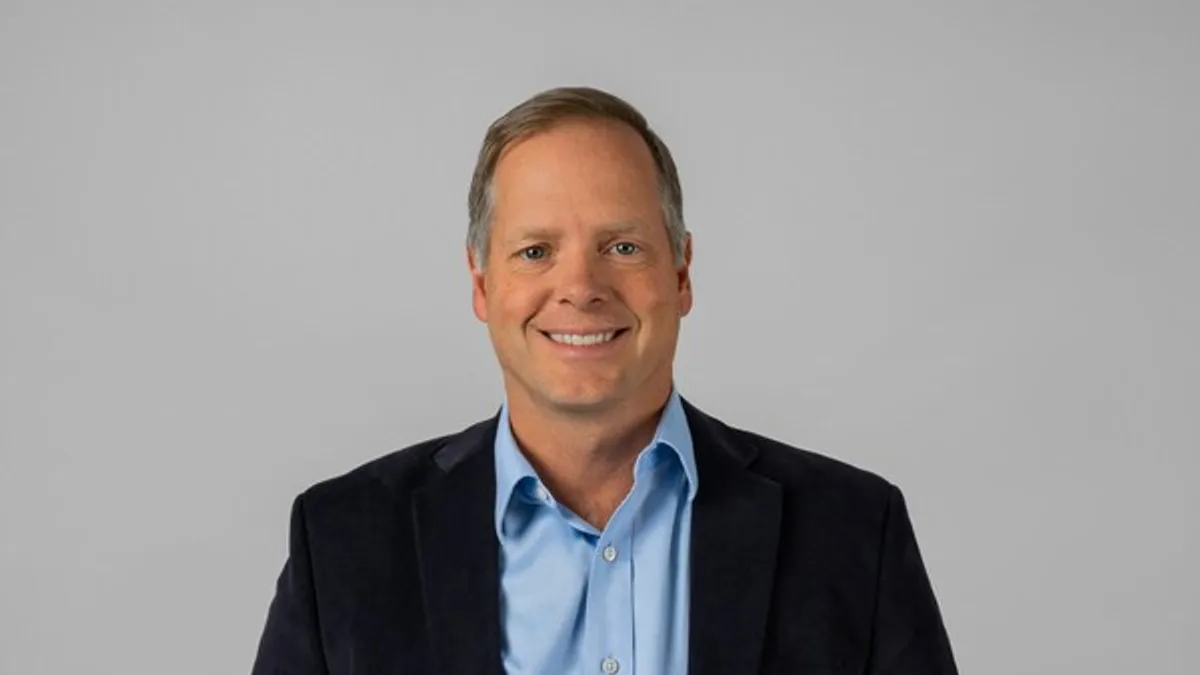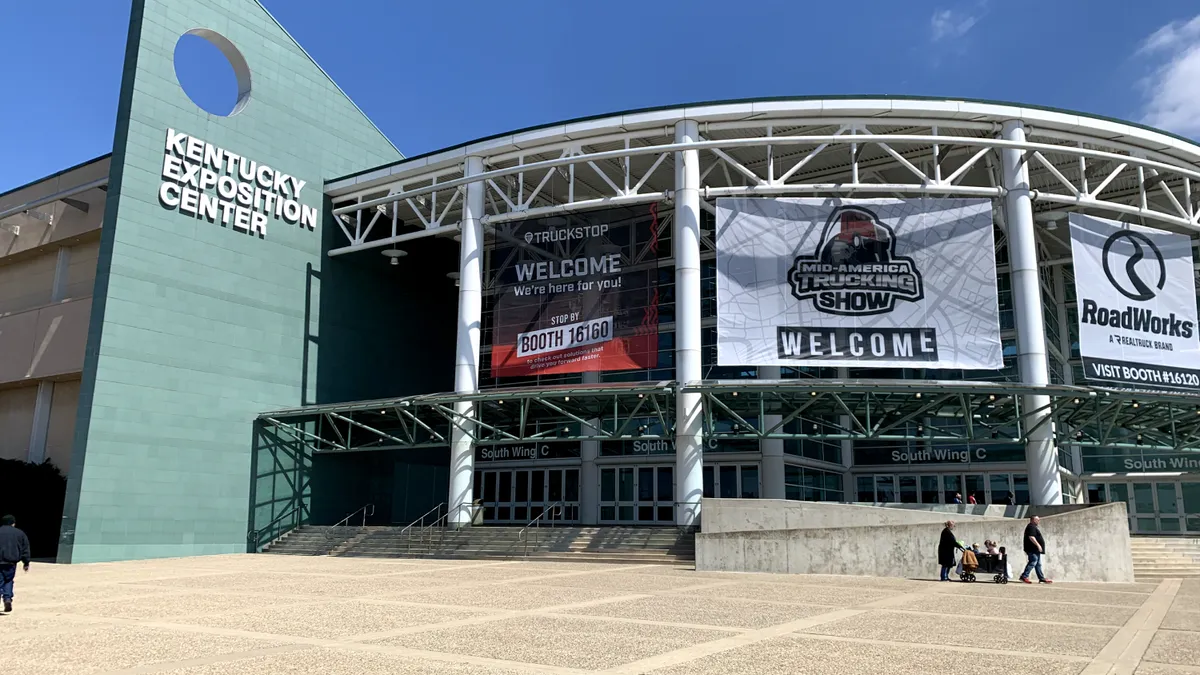Former USA Truck CEO James Reed recently shifted into the role of COO at autonomous truck tech company Kodiak Robotics.
Reed talked with Transport Dive about his background, Kodiak’s autonomous trucking technology and his decision to join the AV tech firm.
The executive talked about how autonomous trucking could improve lifestyles for drivers, delved into the differences between AV tech approaches and explained why he placed his “career bet” on Kodiak.
Editor’s note: This interview has been edited for clarity and brevity.
TRANSPORT DIVE: Why were you drawn to Kodiak?
JAMES REED: Our company was exploring the autonomous space, and we weren't working exclusively with Kodiak. So we were moving freight with some autonomous vehicle providers, just trying to dip our toe in the water and understand it, and we had formed a really good relationship with Kodiak.
On the merits of ability to go to market, I thought Kodiak’s mirror pod solution, as far as mapping goes, was frankly the most scalable and maybe even the most clever way to go to market. So I was like, ‘If I'm gonna place a bet, this is where I've placed my career bet.’ And I really liked the team, too.
TRANSPORT DIVE: How you are you seeing Kodiak stack up against its competition? Could you elaborate on Kodiak’s technology?
REED: It's been Kodiak’s intention from the get-go to move sensor suites into the mirror pods. Being able to replace a pod quickly and efficiently and keep the truck moving is a lot easier than the alternatives.
Many in the industry are using high-density mapping. Once they create that fully featured map, the vehicle essentially drives, which is great — until the map’s wrong.
The technology needs to recognize two things. First, it needs to recognize that the map doesn't match what it's ‘seeing’ — I’ll use that word. And then it needs to perceive what it's seeing and devise a reaction to it. So at some level, perception will be required of most solutions. That's my layperson understanding of it.
At Kodiak, we define lane parameters. So we'll drive a lane. In our mapping, we will map the lane markers. And then we deploy a vehicle shortly thereafter. And that vehicle can go in autonomous mode, understanding where the lane markers are, calculating a forward path every millisecond to predict where it should go. So it's really a low overhead way to deploy perception into the autonomous space. It’s pretty brilliant.
TRANSPORT DIVE: There's been this tension between new technology and what that might do to jobs. Have you seen this resistance play out firsthand?
REED: One of the interesting innovations in trucks was when when automatic transmissions came into long-haul trucking. So fast forward into the early 2010s: It's really hard to recruit a driver. Some of the newer drivers didn't know how to drive anything but an automatic. ... And for fleets, it was cheaper to run automatic transmissions, better fuel economy, you could get more drivers because you get these guys and gals with automatic designations on their CDLs into the trucks. And the old timers hated it, saying ‘I'll never drive an automatic.’ Well, I can give you names of dozens of drivers that have been driving 30–40 years, who now wouldn't drive anything other than an automatic.
I'm not saying that's a perfect corollary for autonomy, but today, we have a driver shortage. It's approaching 80,000 drivers and projected to worsen. As you look forward, we've got an opportunity in the transportation industry to ameliorate and to alleviate the challenge around driver recruitment by supplementing it with autonomous vehicles. You're much more likely to push jobs to the types of jobs that drivers like, such as being home daily. Local jobs are going to be much more prevalent, especially if we can fill that middle mile section, which is our intent with autonomous technology.
TRANSPORT DIVE: If other executives are considering a similar move from traditional trucking companies to self-driving companies, what advice do you have for them?
REED: It's the same advice that I have for investors. It's the same advice that I have for potential customers: Get educated and form an opinion. I mean, my choice to join Kodiak was a well-informed choice that's taken five years to develop an opinion about the industry. I would caution them to be careful to make sure that this is a space that they understand and that they want to have a voice in. I truly believe in the technology. I believe it's further along than most people realize.
If somebody thinks they're wired that way, by all means, call Kodiak first.













